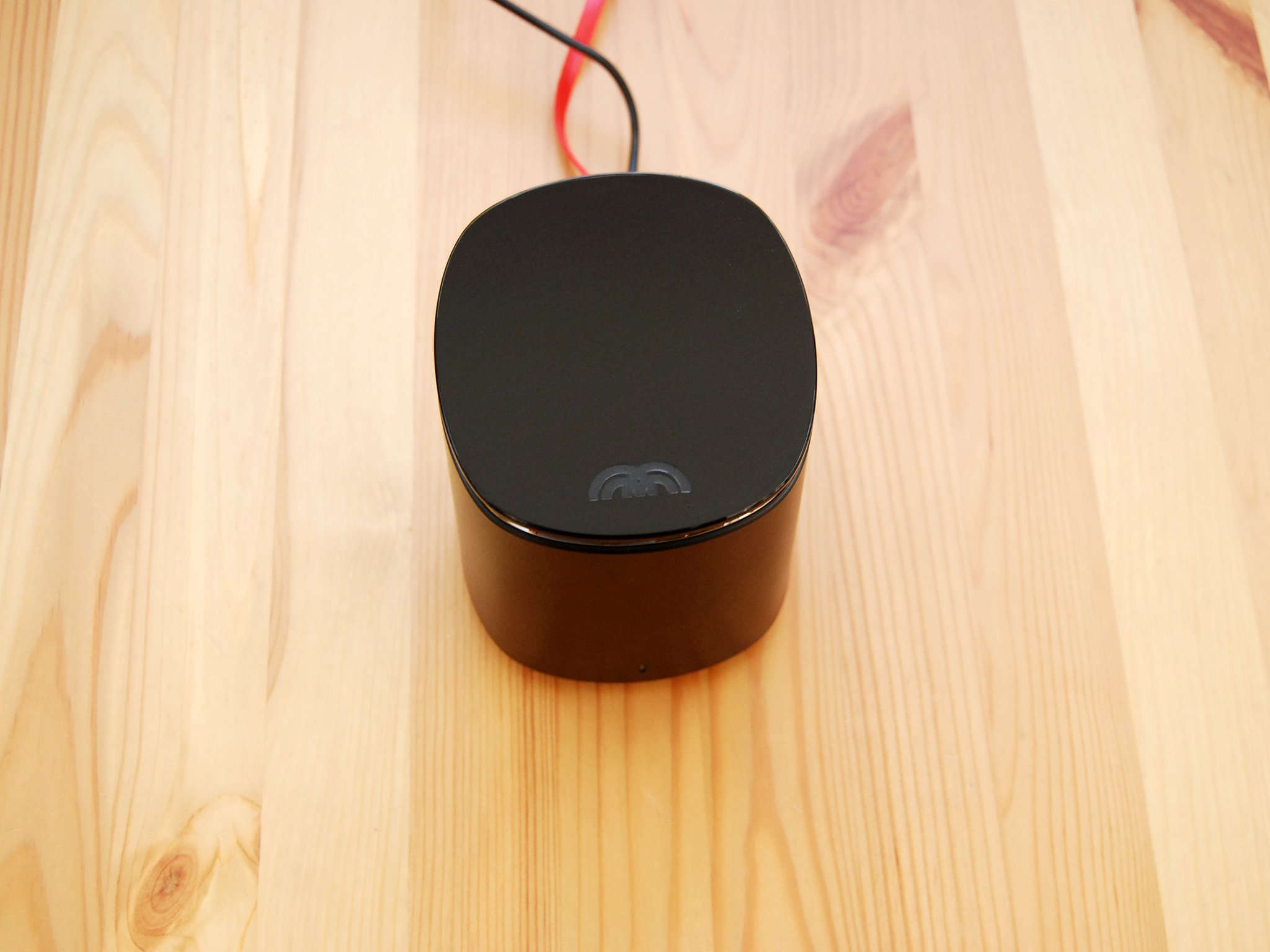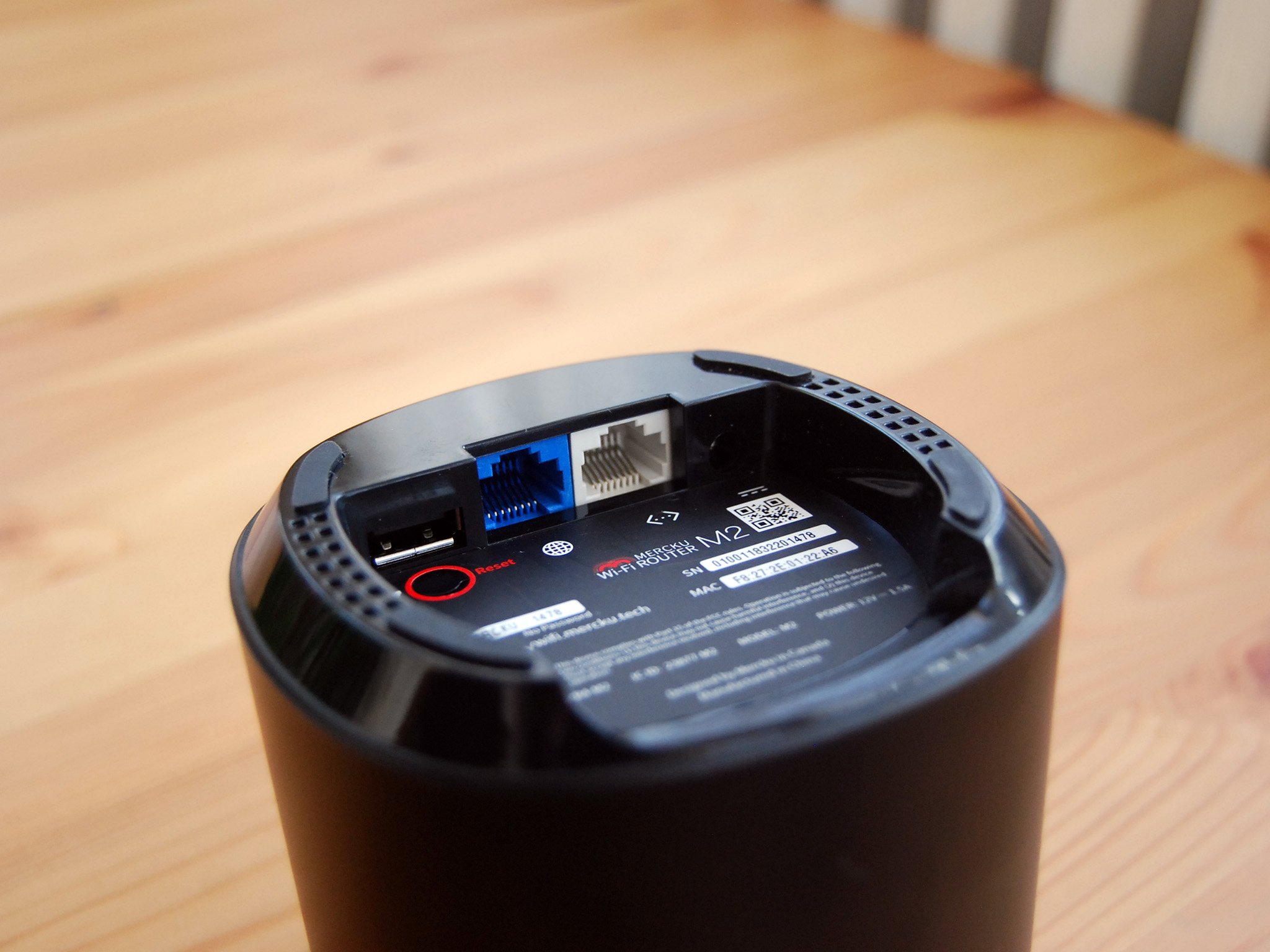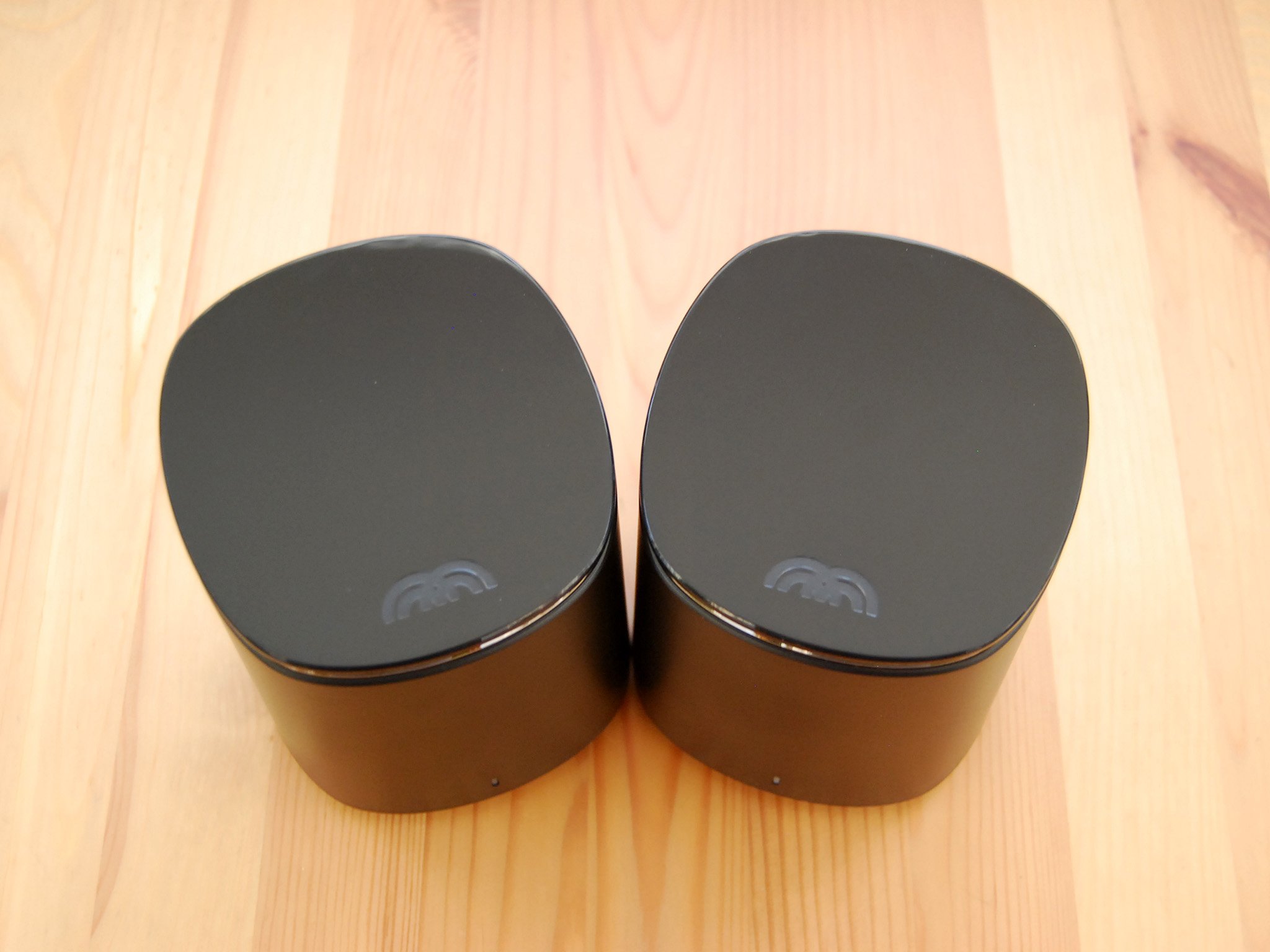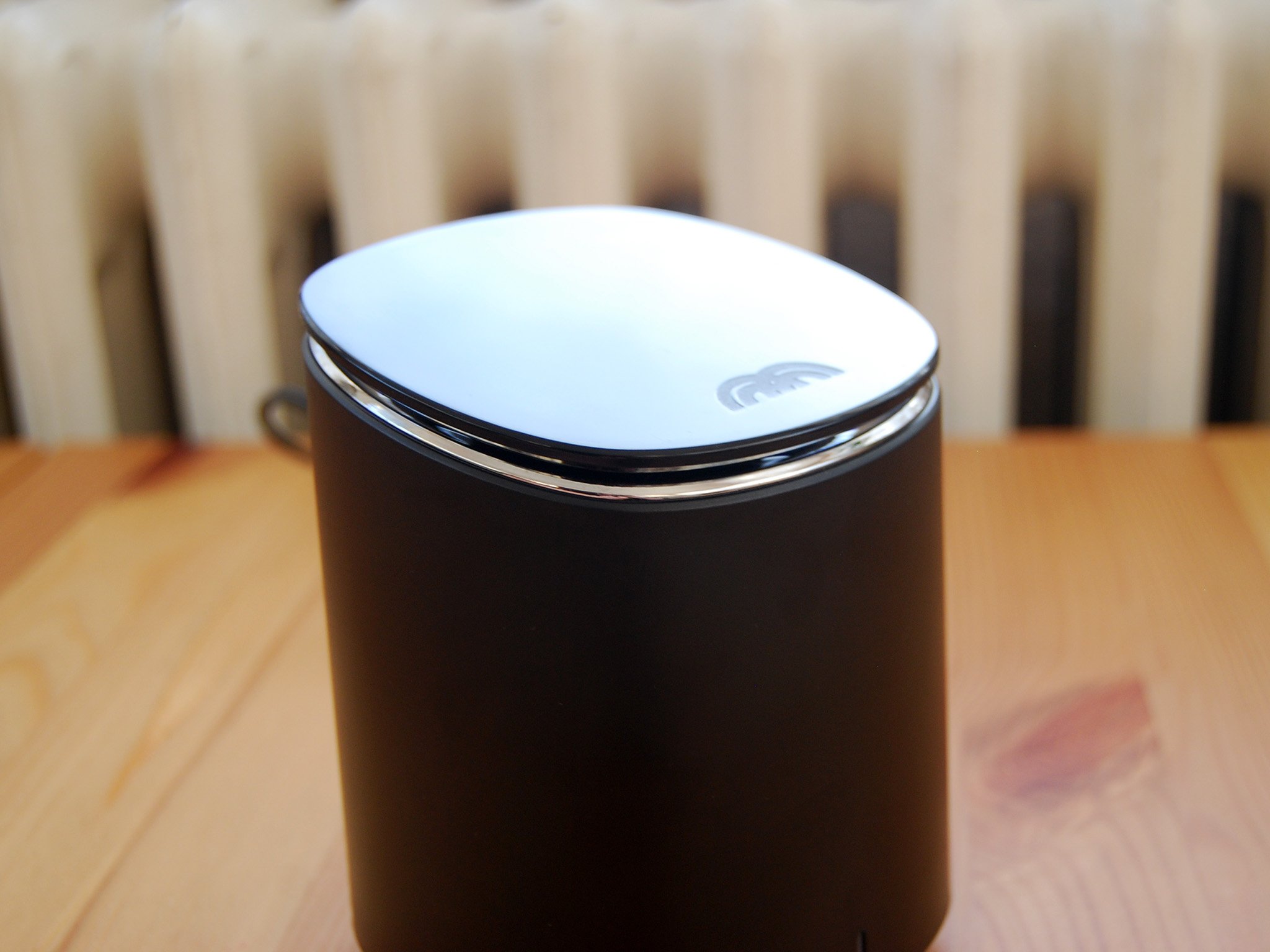
Mercku is a Canadian company that took to Indiegogo to secure funding for its vision of a modular Wi-Fi setup, which ended up receiving more than 450 percent of its original monetary goal. There are a few versions of the M2 now available, including a Hive system with an M2 router and M2 Bee nodes, a Swarm system with three M2 routers, and what I have here; dual M2 routers that nevertheless work as a mesh system suitable for a relatively large household. I used this setup for about a week in my home to determine whether or not its worth your money.
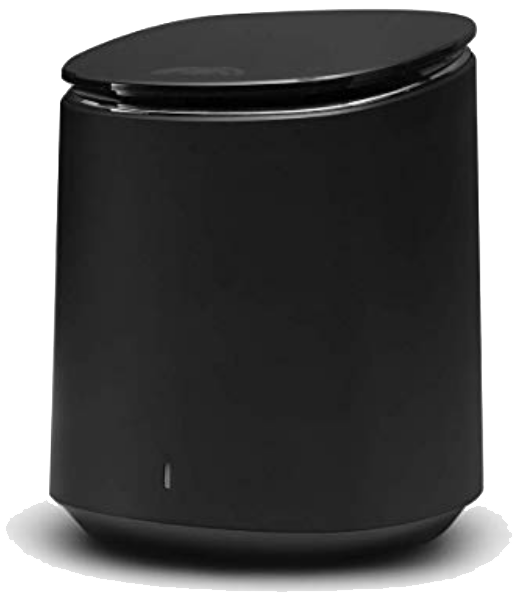
$119Bottom line: They're relatively expensive, but Mercku's M2 routers together in a mesh setup provide great range and throughput.
Pros
- Simple browser or app setup
- Can add or remove routers and nodes
- Range and throughput for medium to large homes
- Minimalist design
Cons
- USB-A port doesn't do anything
- Asks for phone number to use app
- Missing some common mesh features
Mercku M2 Wi-Fi router hardware and specs
| Category | Spec |
|---|---|
| Performance | AC1200 (300 Mbps + 867 Mbps) |
| Frequency | 2.4 GHz, 5 GHz |
| Wireless standards | 802.11a/b/g/n/ac |
| Antennas | Single WHEMS antenna |
| Processor | 1 GHz |
| Memory | 1 GB Flash 128 MB RAM |
| Ports | One USB-A 2.0 |
| Ethernet | One WAN One LAN |
| Dimensions | 3.94 inches x 3.94 inches x 4.94 inches (100 mm x 100 mm x 125.5 mm) |
Mercku M2 Wi-Fi router design and features
Mercku's M2 routers stick with a black finish instead of the mesh Wi-Fi trend of white routers and nodes, which makes it a bit easier to hide away wherever you choose to set it up. There's no screen for status updates and on the front there's just a single LED that lights up red or green to let you know whether or not the router is functioning properly. The top panel of the router is raised slightly above the rest for a bit of venting and for a bit of extra style, but it's really nothing that moves it away from an overall simple design.
Ports — including power adapter, single WAN, single LAN, and a USB-A that doesn't seem to be functional — are hidden on the bottom of the router. A cutout along the base leaves room for your cables to get under and in, keeping everything neat, though I did find that my usual thick Ethernet cable had a tough time not tipping the router up when connected. Each router does come with a relatively short ribbon Ethernet cable for connecting back to a modem, which solves this issue.
Mercku M2 Wi-Fi router setup and management
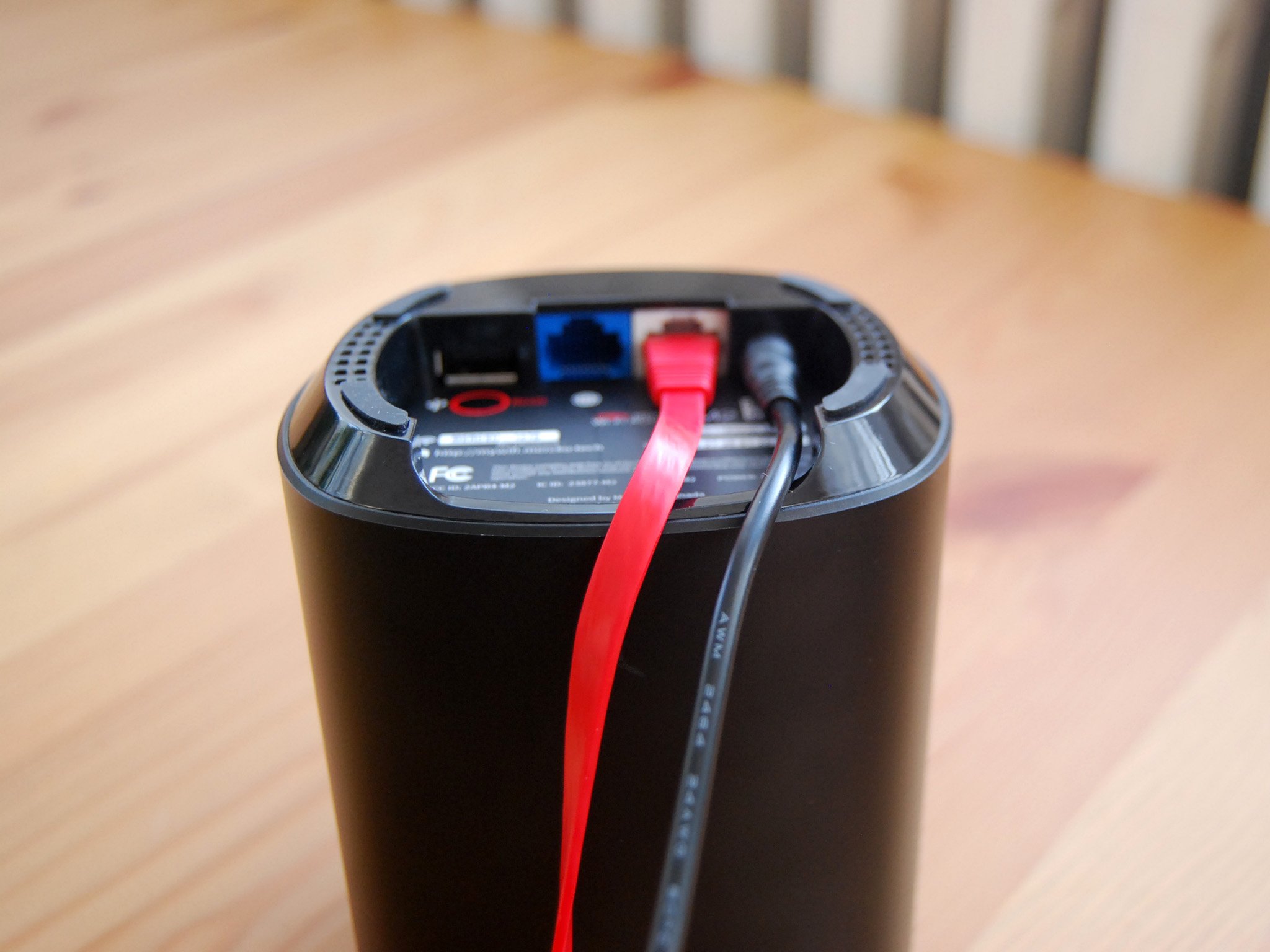
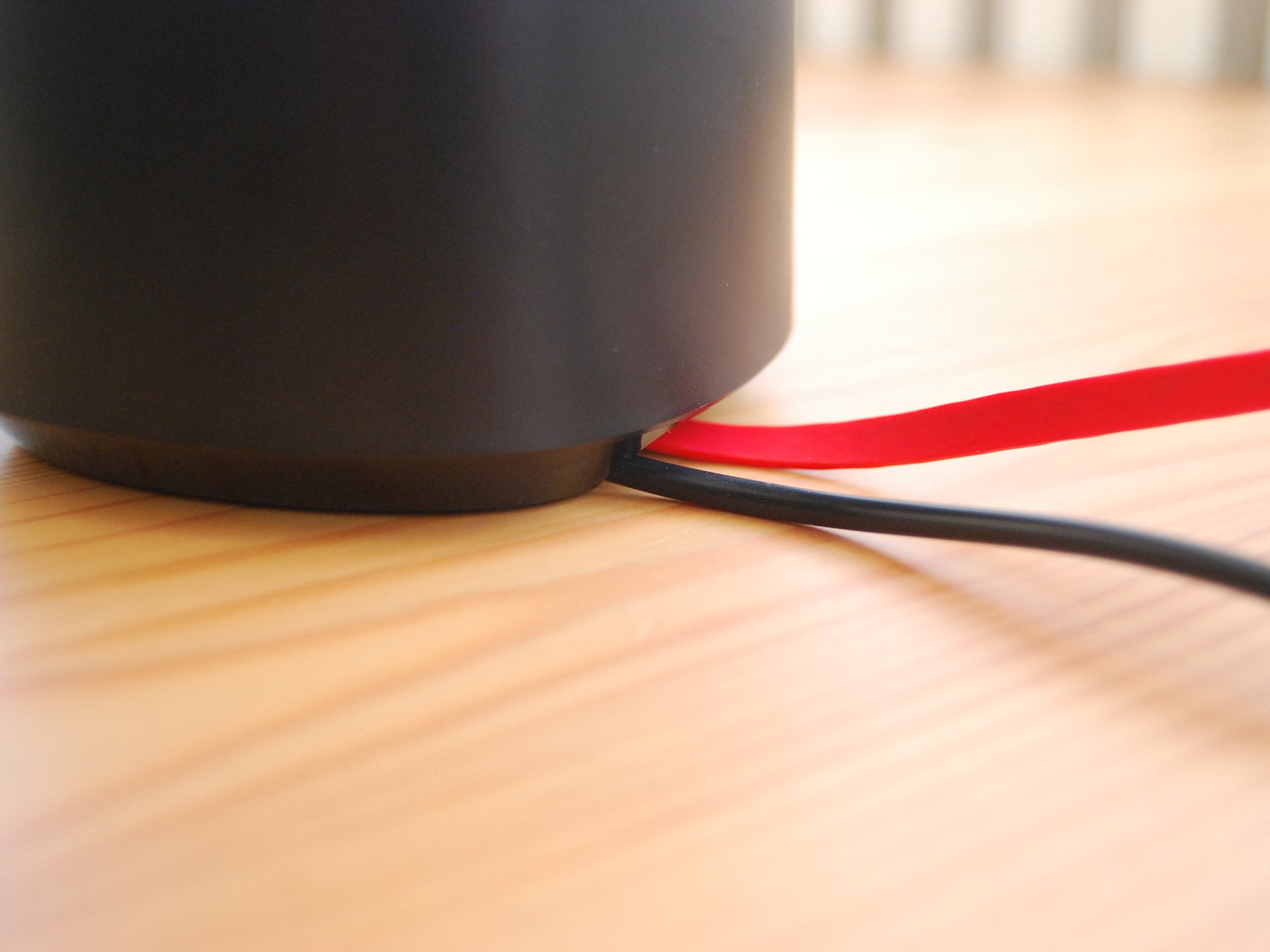
Like most worthwhile mesh Wi-Fi systems, the Mercku M2 is easy to set up. You plug in the first router to power and back to your modem with the provided cable, and from there you can use an Android or iOS app or a web browser to complete the setup. One thing I found odd was the requirement of your mobile phone number in order to get the app to work. If you're not comfortable handing that over, you can always use a web browser, which in the end gives you broader access to settings though doesn't let you check on your network when you're not at home.
In any case, both the app and browser are relatively easy to navigate for setup and management thereafter. Once I'd chosen a name and password for the network there was a quick firmware update, and from there I was free to add a second M2 router as a node. I plugged it in, hit the Reset button, and waited for it to be recognized and to connect wirelessly with the original router (there's no option for wired backhaul). In all, it took about 10 minutes to have an operational mesh network. If you're a networking beginner, you shouldn't have any problems getting it running.
Within the app — yes, I provided my phone number — is a healthy amount of settings, giving you access to a Smart Connect toggle for splitting SSIDs between radios, a blacklist for blocking websites or entire devices, a speedtest, DNS settings, a DDNS toggle, DHCP settings, a DMZ host toggle, port forwarding, and a list of connected devices as well as a status report of the router and node. A web browser provides some extra features, like a firewall toggle, system log, and network diagnosis, making it the preferred method to configure your network for any advanced users. Beginners can mostly ignore all the extra settings and still have a fully operational network that requires almost no management.
Mercku M2 Wi-Fi router performance
Setup was simple and I was able to get a network humming in about 10 minutes, but the theoretical AC1200 cap had me slightly worried about mesh performance despite Mercku's emphasis on its WHEMS high-performance antenna and transceiver system that it claims boosts speeds. I ran some baseline tests on my ISP-provided Hitron router using Ookla's Speedtest before running the same tests with the Mercku M2 setup. My internet is rated at 300 Mbps down and 25 Mbps up.
All the latest news, reviews, and guides for Windows and Xbox diehards.
There's no indication of which router your devices are connected to (a common feature in most other mesh systems), so I first ran tests with the secondary node disabled to see how well a single router works. The router is in a front corner of my 1,000 square-foot house which isn't optimal (it's where the modem is located), but it makes for decent testing when it comes to theoretically covering larger areas.
Mercku M2 single router (2.4 GHz)
| Location | Ping | Down speed | Up speed |
|---|---|---|---|
| Living room (10 feet) | 10 ms | 139.98 Mbps | 16.26 Mbps |
| Office (30 feet) | 11 ms | 65.60 Mbps | 15.62 Mbps |
| Basement (40 feet) | 11 ms | 49.29 Mbps | 16.19 Mbps |
Mercku M2 single router (5 GHz)
| Location | Ping | Down speed | Up speed |
|---|---|---|---|
| Living room (10 feet) | 11 ms | 183.09 Mbps | 16.19 Mbps |
| Office (30 feet) | 11 ms | 71.35 Mbps | 15.89 Mbps |
| Basement (40 feet) | 11 Mbps | 30.05 Mbps | 10.51 Mbps |
The 2.4 GHz radio has respectable range and provides decent speeds even in the back corner of my basement, no doubt aided by beamforming capabilities. The 5 GHz radio had some difficulty reaching into the back corner, though when I ran the same tests without Smart Connect disabled (which puts the radios on the same SSID), the router kept me on the band that offered the best performance thanks to snappy bandsteering.
I re-ran the same tests, this time with both routers running in a mesh setup with the node in the middle of my basement. Since there's no way to tell in the app or browser if you're connected to the node or the main router, we can look at the performance results to see whether or not devices are connecting to the appropriate hardware.
Mercku M2 mesh setup (2.4 GHz)
| Location | Ping | Down speed | Up speed |
|---|---|---|---|
| Office (30 feet) | 11 ms | 93.10 Mbps | 15.82 Mbps |
| Basement (40 feet) | 11 ms | 118.02 Mbps | 16.25 Mbps |
Mercku M2 mesh setup (5 GHz)
| Location | Ping | Down speed | Up speed |
|---|---|---|---|
| Office (30 feet) | 11 ms | 80.77 Mbps | 16.26 Mbps |
| Basement (40 feet) | 12 ms | 111.66 Mbps | 16.19 Mbps |
Judging by the above results, a mesh setup operates as it should, moving your devices between the router and node depending on where you're located. Speed at long range on the 2.4 GHz band more than doubled compared to single-router speed, and 5 GHz speed at long range was nearly quadrupled.
A lack of wired Ethernet backhaul is always concerning when it comes to a mesh system. You'll often see speeds cut in half on whichever band is being used for backhaul, but here the impact isn't quite as severe as I thought it would be. Judging by the above results, the 5 GHz band is used for backhaul, which is why speeds don't beat out those on the 2.4 GHz band even when at close range to the mesh node.
Hitron (2.4 GHz)
| Location | Ping | Down speed | Up speed |
|---|---|---|---|
| Living room (10 feet) | 24 ms | 94.80 Mbps | 16.22 Mbps |
| Office (30 feet) | 27 ms | 29.38 Mbps | 16.15 Mbps |
| Basement (40 feet) | 25 ms | 17.10 Mbps | 15.22 Mbps |
Hitron (5 GHz)
| Location | Ping | Down speed | Up speed |
|---|---|---|---|
| Living room (10 feet) | 11 ms | 162.00 Mbps | 16.34 Mbps |
| Office (30 feet) | 10 ms | 83.46 Mbps | 16.30 Mbps |
| Basement (40 feet) | 11 ms | 60.11 Mbps | 16.20 Mbps |
The Hitron router was mostly beat out by the Mercku M2 on the 2.4 GHz radio, though its 5 GHz speeds were still superior when using a single M2 router instead of a mesh setup.
Should you buy Mercku's M2 router?
After using the Mercku M2 mesh setup for about a week, I came away impressed with performance and stability. There were minimal connection drops, I didn't notice dips in performance when streaming, and I really didn't have to touch the settings once I'd gone through and tweaked stuff on the initial setup. A single M2 router would likely be enough for a small house like mine, and the ability to add more standalone routers as nodes or add the smaller Bee nodes gives you some wiggle room as your network needs grow.
The price, however, sort of kills the enthusiasm, especially when compared to some of the other mesh systems on the market. A single Mercku M2 router demands a relatively high price at $119, bringing the total cost of the setup I tested here to about $238. That's more expensive than the similar dual-band Linksys Velop we also reviewed, which now sits at about $130 for a two-piece mesh system.
The Mercku M2 doesn't exactly offer any unique features over other mesh systems, so the final decision really comes down to price and performance. The M2 does offer great throughput and the mesh range was more than enough for my small home — and would no doubt fit far better in something twice the size — but you should be able to find plenty of other systems that can do the same for a similar or cheaper price.

Modular mesh networking.
It's relatively expensive, but Mercku's M2 routers together provide a reliable and fast mesh network with snappy bandsteering capabilities. If you have a large home to cover it will do the trick, though you should be able to find similarly-priced or cheaper alternatives that can offer most of the same features.

Cale Hunt brings to Windows Central more than nine years of experience writing about laptops, PCs, accessories, games, and beyond. If it runs Windows or in some way complements the hardware, there’s a good chance he knows about it, has written about it, or is already busy testing it.
